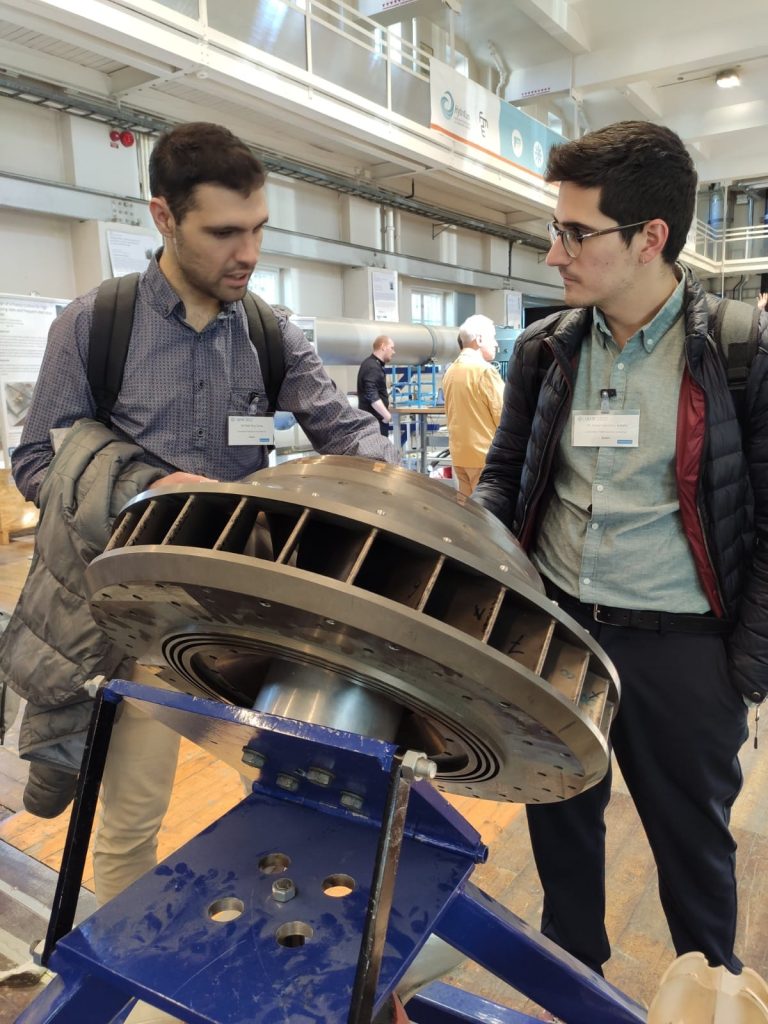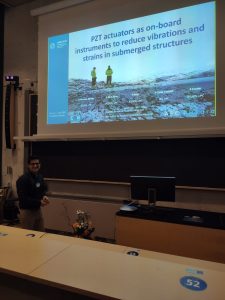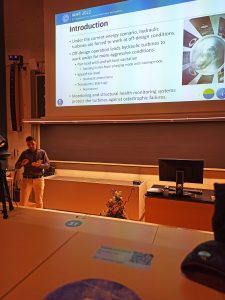The members of the Barcelona Fluids & Energy Lab (IFLUIDS) team Xavier Sánchez Botello, Rafel Roig Bauzà and Xavier Escaler Puigoriol, from Universitat Politècnica de Catalunya (UPC), were able to attend to the 31st symposium on hydraulic machinery and systems, widely known as IAHR 2022 symposium, organized during 26 June – 1 July 2022 at Norwegian University of Science and Technology (NTNU), Trondheim, Norway.
On the conference, they were able to exchange some state-of-the-art knowledge and ideas with other academic and industrial research teams on the field of hydropower technology. Concretely, in the frame of the WP3 of the AFC4Hydro project, two different articles were presented to give an overview of the work carried out at UPC and share it with other researchers.
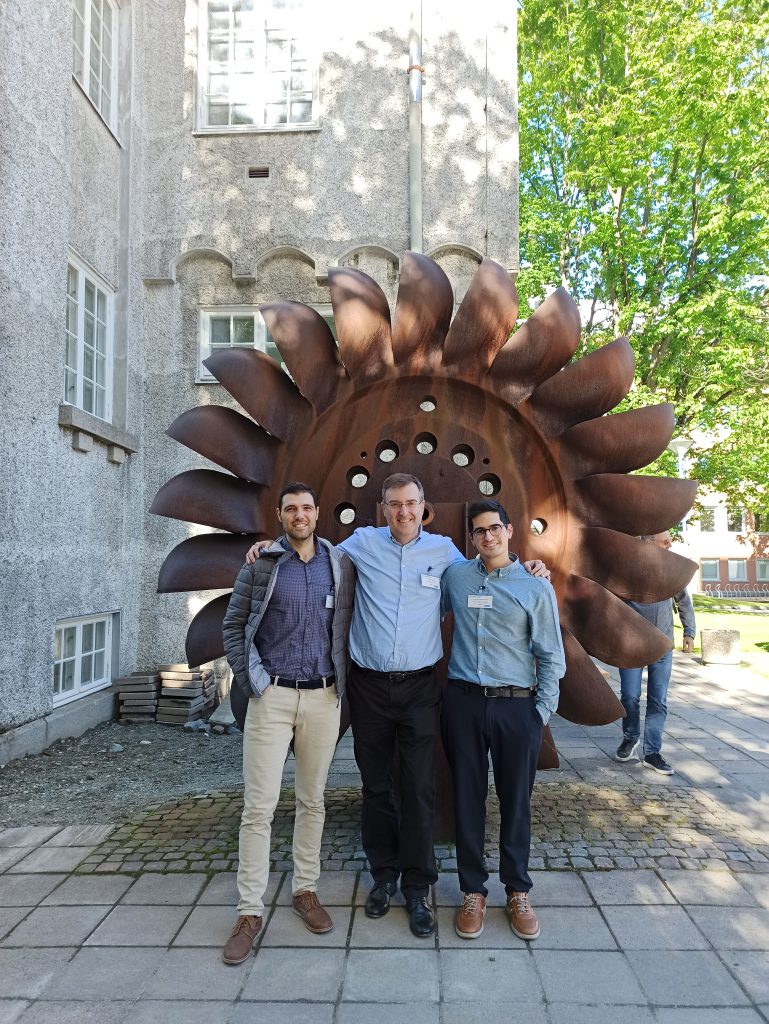
Fig 1 - Rafel Roig, Xavier Escaler and Xavier Sánchez in front of the NTNU hydropower laboratory, at Trondheim.
The first conference article presented, named “PZT actuators as on-board instruments to reduce vibrations and strains in submerged structures”, was presented by the researcher Xavier Sánchez Botello, from the IFLUIDS group of UPC. On it, the design and evaluation of a control system to reduce vibrations and strains on submerged structures was presented. This control system has to compute a control force in real-time by using an optimal algorithm to determine the exact voltage to be supplied to a PZT patch in order to mitigate any increase of vibrations and/or strains detected by the sensors.
The second conference article presented, named “Dynamic response analysis of a reduced scale Kaplan turbine model operating in propeller mode”, was presented by the PhD student Rafel Roig Bauzà, also from the IFLUIDS group of UPC. On it, some preliminary results obtained from the extensive measurement campaign performed on the reduced scale Kaplan turbine model at the Vattenfall Research and Development facility in Älvkarleby, Sweden, were presented. From the different sensors of the Structural Health Monitoring (SHM) system, the excitations produced due to a rotating vortex rope (RVR) were clearly identified, and the response induced by the machine was also analysed at different transient and off-design operating conditions.
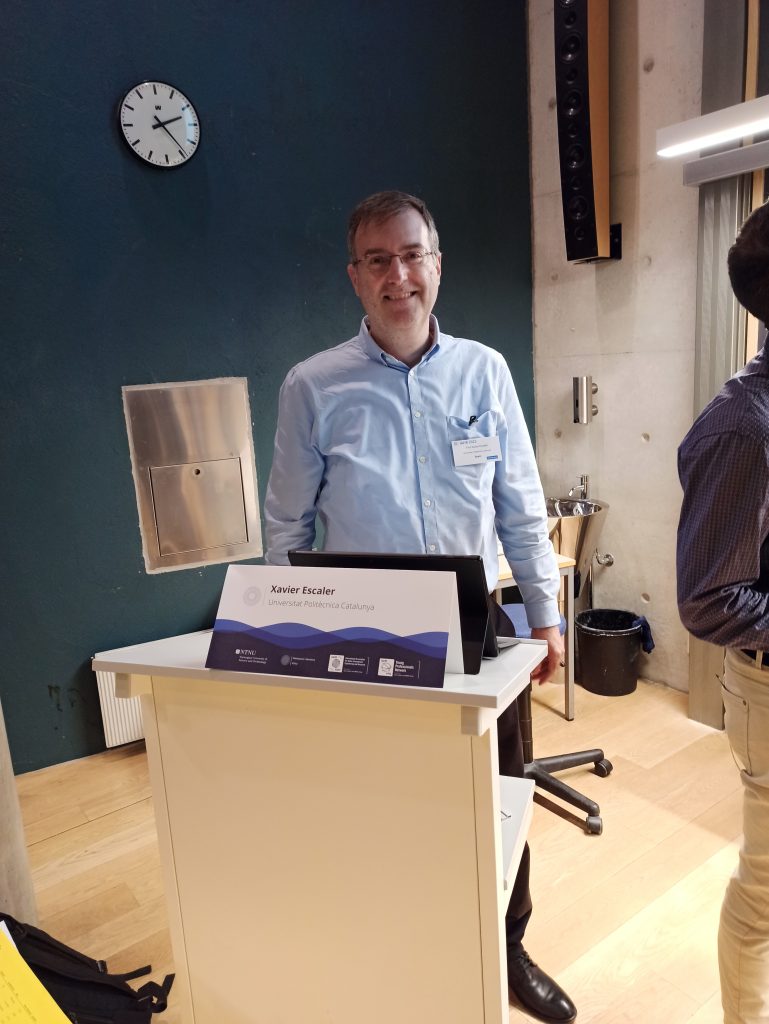
Fig 4 - Professor Xavier Escaler being the chairman of a conference session of the IAHR.
